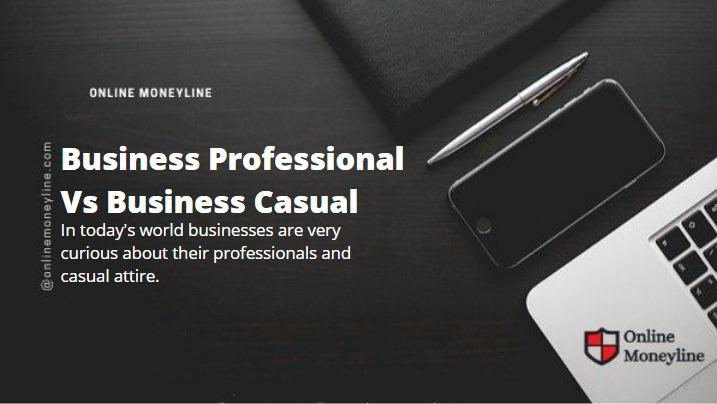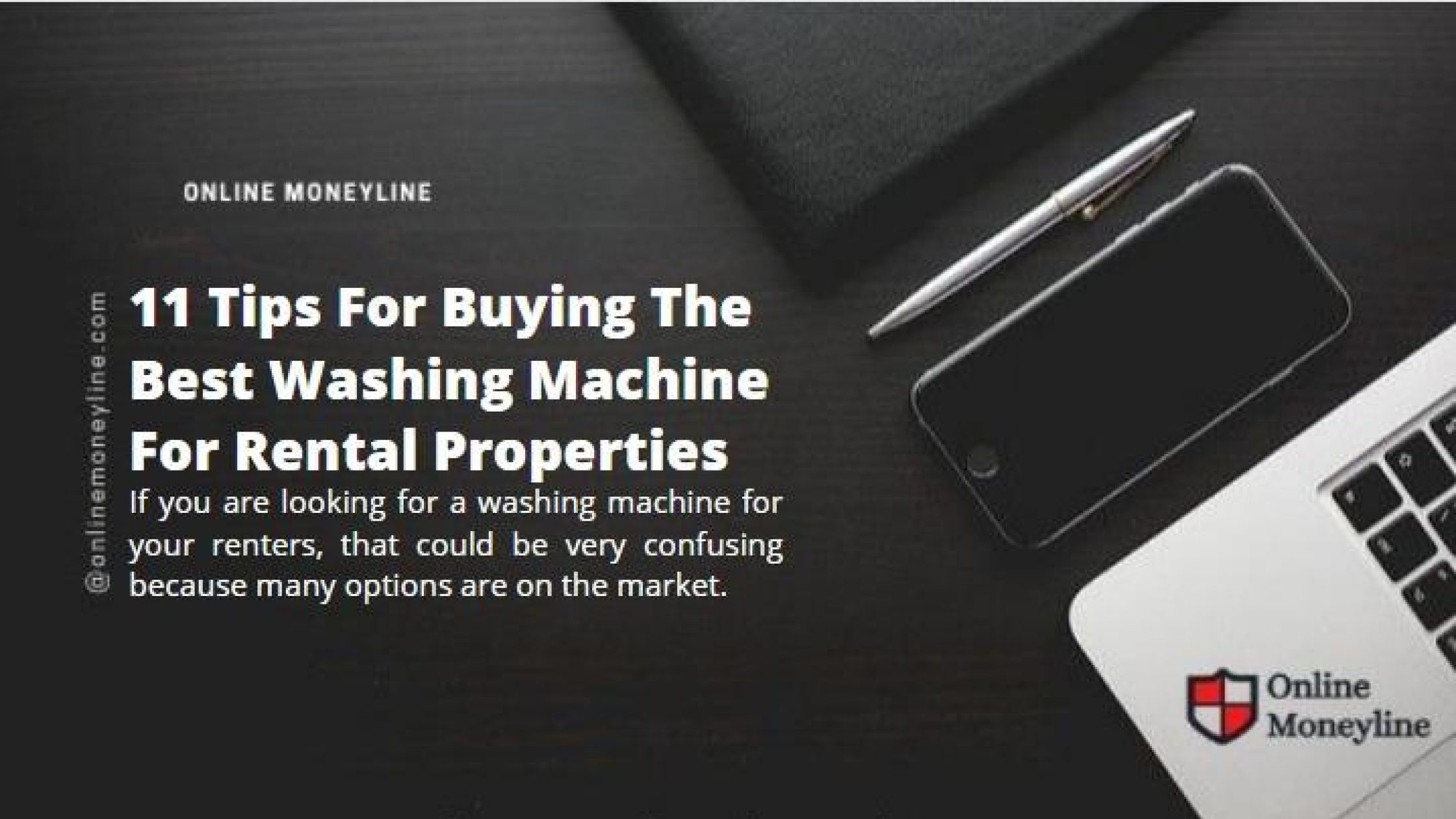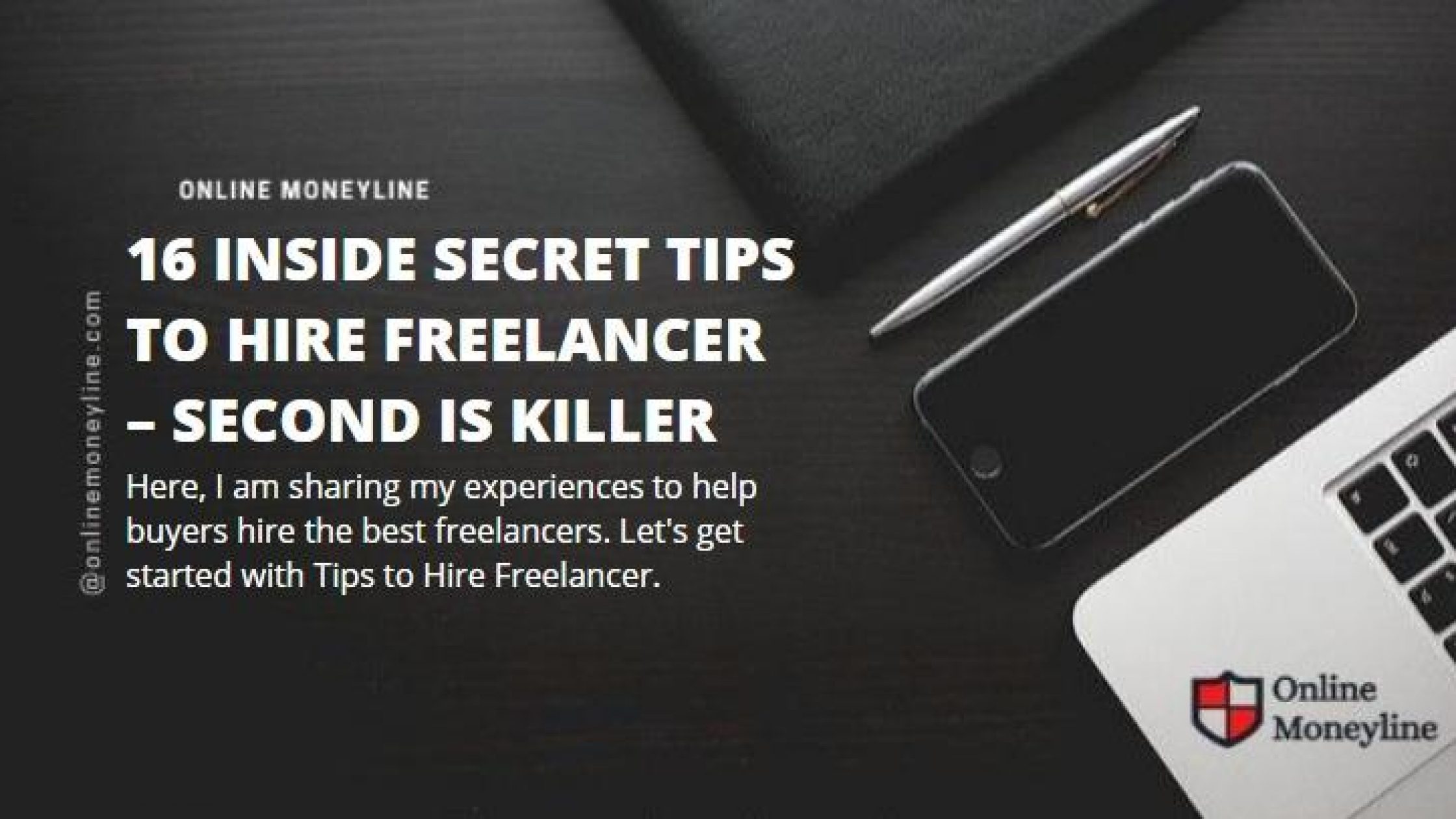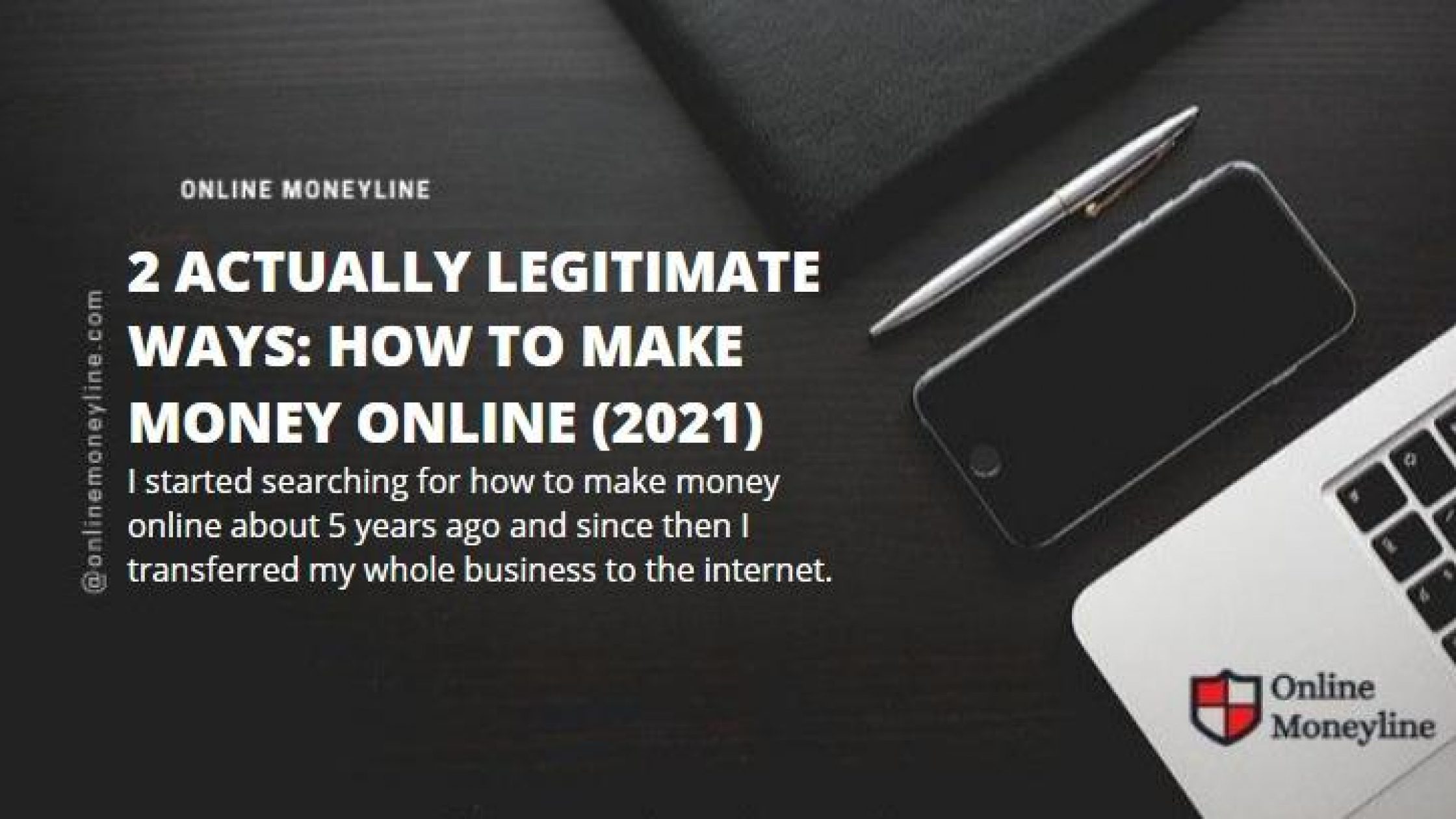In today’s world businesses are very curious about their professionals and casual attire. If you are also looking for business professionals and business casuals, you are at the right place!
In this article, I’ll explain the difference between business professional and business casual, and dress codes.
I. Business professional clothing/What is a business professional dress code?
Professional dress is required for job interviews, meetings with potential clients, and key demonstrations. This formal clothing may be required in some workplaces.
When the next big change in your profession occurs, dressing professionally and looking well-polished might offer you confidence. “Corporate attire” or “business professional” are terms used to define business conservative clothes.
According to the University of Northern Iowa Business website, it is the type of apparel that job searchers should wear for interviews or meetings with clients. In some offices, business conservative attire may even be the norm.
II. Dressing to Impress After You’ve Been Hired
Knowing your employer’s dress code might assist you to determine what and how to wear to the office and events hosted by your company. Business casual has become a popular alternative in today’s offices, whereas business professional was formerly the norm across nearly all businesses.
Since we are talking about dressing and clothing, why not have a look at our guide on how to sell clothes on eBay whether it is a business professional or business casual attire that you list.
Whether your dress code is business casual or business professional, the following guidelines will assist you in selecting dressing to impress after you have been hired.
- Avoid hanging bracelets and other accessories that will grab far too much attention or make lots of noise.
- Keep your fingernails in good shape and clean.
- Clothes should be kept clean, ironed, and free of rips and tears at all times.
- Makeup colors that are natural should be used.
- Avoid wearing colognes or perfumes that are too strong.
- The length of a skirt must not be too short.
- Before you go sleeveless, make sure you ask.
- Wear garments that are tailored or well-fitting.
- Choose clothing that makes you feel comfortable and confident.
III. Clothing For Business Casual
The need for a two-piece suit is the major distinction between business professionals and business casual. You don’t have to dress up in a two-piece suit for business casual.
Instead, choose for professional separates, such as the ones seen below:
- No tie is necessary with a collared dress shirt, pants, and closed-toed shoes.
- A conservatively colored dress in a suit-like fabric that is coupled with a jacket.
- A business skirt with a buttoned shirt/blouse without the need for a collar and a fancy sweater/blazer
- In general, black, charcoal, grey, or khaki pants, trousers, or even a skirt were appropriate.
- Closed-toe shoes with such low and moderate heels are recommended.
- Shoes and socks that match your slacks’ color
- Moderately worn conservative jewelry or cosmetics.
IV. Business Professional Attire vs. Business Casual Attire
Even if you were observing people’s attire on the day of your interview, it’s always a great idea to inquire as to what employees usually wear. Perhaps you were interviewed on a non-dress-down day.
It is indeed best to refrain from making any judgments. Instead, make an appointment with Hr Department or your new boss.
A quick question: Do you know whether you wear business professional or business casual colors when working for companies that offer remote nursing jobs or work from home jobs.
One reason to enquire is that the term “business casual” isn’t well defined.
To multiple employers, the term means different things. In certain circumstances, business casual means polished khaki pants and lengthy button-down shirts. It may imply dress pants and a polo shirt at other organizations.
To assist you to determine what to dress to work, we describe the differences between business casual and business professional in this article.
01. Women’s wear Attire for Interviews
- The suit in such a solid hue with a matching blouse, modest shoes, tanned or light pantyhose, and little jewelry
- A hairstyle that is neat and professional, polished nails, little makeup, and almost no perfume
- The hairstyle is neat, nails are trimmed, and there is little or no fragrance or aftershave.
- Jeans or skirts, beautifully pressed in khaki, tweed, twill, or cotton
- Sweaters, twinsets, polo shirts, or knitted shirts are some of the options.
- Bright patterns are less effective than solid colors.
02. Men’s Business Casual Attire
- Jeans, khaki, wool blazer, or cotton, ironed neatly
- Shirts with such a collar made of cotton long-sleeved button-down shirts, polo shirts, or knit shirts with such a collar that have been pressed
- Sweaters
- Belts and leather boots
- A tie is not required.
V. Important Instructions
01- Prioritize the quality over the quantity
Understand that quality is better than quantity unless you’re dressed professionally or casually. For instance, a single classic bracelet or ring will impress your interview or company beyond an armful of bangles or diamonds on each finger.
An excellent quality suede portfolio, on the other hand, will impress as much as a bright, colorful bag. Carefully select your interview accessories.
Understand that appearance is important, whether you’re dressing for a business meeting or going to work. If you do not even dress adequately for the job, potential (and current) bosses may believe very little of you.
Whether you’re seeking a job or hoping for a promotion, it is always crucial to make a good first impression.
02- What to Avoid Wearing
Whenever the dress code is business casual, it’s not proper to wear your favorite old t-shirt, tattered jeans, and scuffed sneakers, irrespective of gender. Maintain the “business” side of business casual in mind, and leave your old, comfy clothes all the time.
Having said that, you should try to avoid wearing clothes that help you feel uneasy whenever possible. That’s difficult if the dress requirement is business casual but you’re used to wearing athleisure to work.
But keep in mind that you’re attempting to make a great first impression. It’s not going to help if you dress like your older brother.
Is this to say that you shouldn’t wear a suit at all, even if your company has a more formal dress code? Not in the least.
However, it does imply that you make sure your interview dress fits properly and also that you practice wearing it before the big day. Spend several hours in the clothing you’ll be wearing to the interview strolling, sitting, rising, and so on.
Just make sure you leave extra time to have your garment dry-cleaned in case something goes wrong.
03- Wear Appropriate Workplace Clothes
First and foremost, follow the company’s corporate culture as a guide. This implies that if other people dress up for work, you should be as well.
Irrespective of the group’s dress code, dressing appropriately and also in your best business clothes is always necessary when applying for a corporate job at a typical company.
Whether you’re interviewing for a software startup, a media conglomerate, or something similar, where most employees wear jeans and t-shirts to work, you could be a little more comfortable and dress business casual.
It’s worth noting that we didn’t say, “Wear a t-shirt.” Irrespective of the industry’s informal sector, you should dress professionally when attending a job interview.
That could entail dressing up a little more than your potential coworkers — or perhaps the interviewer. The aim is to dress a certain way that reflects professionalism and respect, while still allowing your thoughts and experiences to shine.
04- Stick To The Fundamentals
Start from the beginning, including traditional slacks, jackets, shirts, or skirts, as indicated in the corporate dress code, and gradually add more apparel and accessories as you develop a better grasp of what to wear.
05- Examine Your Employee Handbook
If your company has a dress code, look it up in the employee handbook. Alternatively, follow any Human Resources requirements.
VI. What not to wear to the office
What to dress to the office if you don’t want to look like a jerk
While each firm has its own set of rules, there are several types of apparel that should never be worn to work. It’s advisable to avoid the following, regardless of the dress code:
- Flip-flop sandals
- Sneakers
- Jeans with rips
- Shorts
- T-shirts
- Workout attire
- Any garment with rips, tears or frayed hems should be avoided.
- Stains on any outfit
- Any garment that makes you feel uncomfortable
FAQs
What is the difference between business casual and business professional?
The terms “business professional” and “business casual” are commonly used to define proper interview attire. The employment of a two-piece suit for the business professional dress is the key difference. Also, wearing a tie is not required.
What is business professional casual?
If “business professional” refers to a suit worn by both males and females at the same company, “business casual” refers to dress slacks or skirts worn without a jacket or tie (for men).
What is business professional attire?
Whenever you dress in business professional clothes, you are often wearing conservative clothing to project a professional image. Men wear a blazer or suit jacket, button down shirt, suit pants, tie, and leather shoes, whereas women should wear a skirt or jeans suit with heels.
Does a business professional require a tie?
In a business professional dress code, males must wear a tie. Sweaters can also be worn with such a shirt and tie. Business suits or skirt-and-blouse ensembles are appropriate for women. Body art and revealing attire should indeed be avoided.





